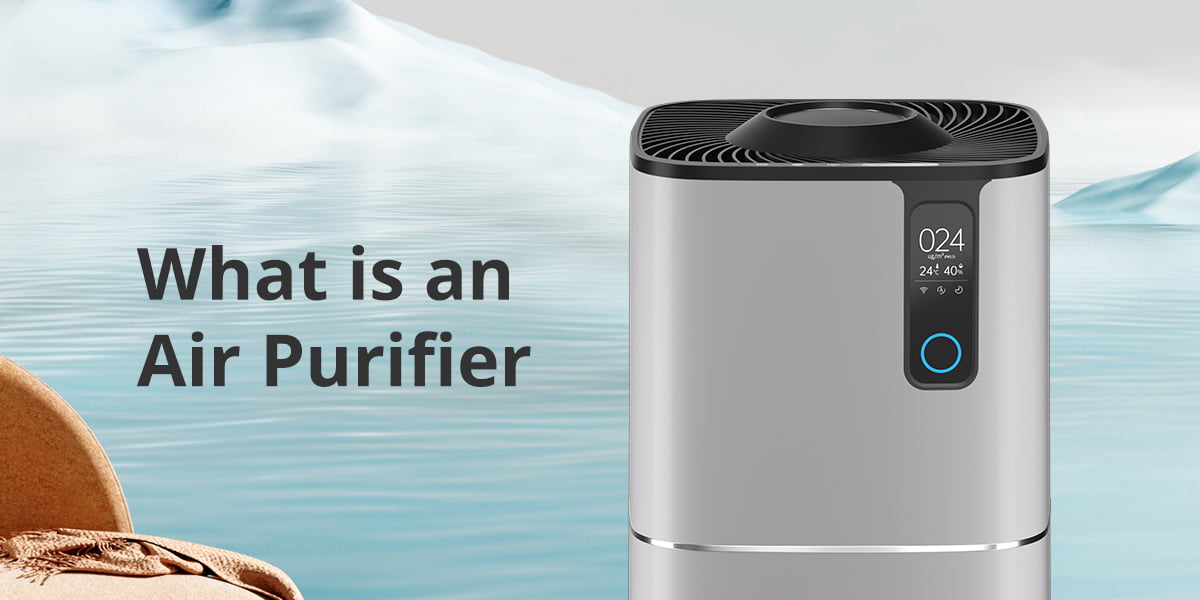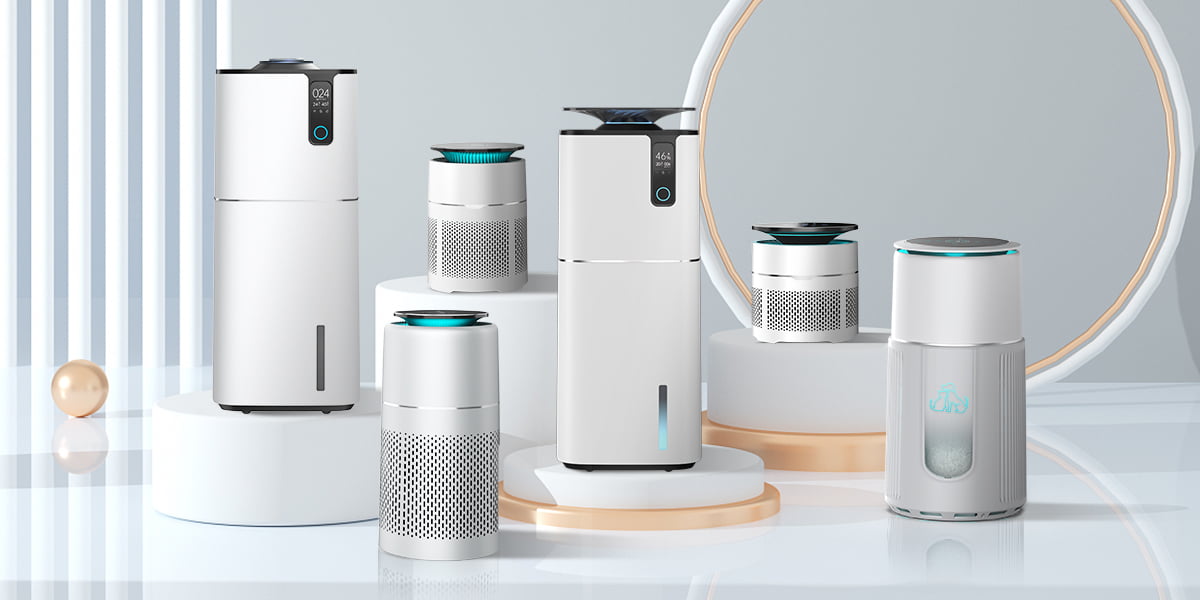What is an air purifier?
An air purifier is an electronic device that is designed to remove contaminants and pollutants from the air in an indoor space. These devices are becoming increasingly popular as people become more aware of the potential health hazards associated with poor indoor air quality. In this article, we will explore the function, application technology, structure, and other aspects of air purifiers.

Function:
The primary function of an air purifier is to remove contaminants and pollutants from the air. These contaminants can include dust, pollen, pet dander, mold spores, bacteria, viruses, and other harmful particles. By removing these contaminants from the air, air purifiers can help to improve indoor air quality and reduce the risk of respiratory problems.
Air purifiers work by drawing air into the device and passing it through one or more filters. The filters are designed to trap particles and contaminants, preventing them from circulating back into the room. Some air purifiers also use additional technologies, such as UV-C light or ionization, to kill bacteria and viruses.
Technology:
There are several different types of air purifier technologies available, each with its own strengths and weaknesses. Some of the most common technologies include:
HEPA Filters: High-efficiency particulate air (HEPA) filters are designed to trap particles as small as 0.3 microns. These filters are highly effective at removing dust, pollen, and other particles from the air. HEPA filters are often used in air purifiers designed for people with allergies or asthma.
Activated Carbon Filters: Activated carbon filters are designed to remove odors and chemicals from the air. These filters work by adsorbing chemicals onto a surface, removing them from the air. Activated carbon filters are often used in air purifiers designed for people with chemical sensitivities.
UV-C Light: UV-C light is a type of ultraviolet light that is used to kill bacteria and viruses. Air purifiers that use UV-C light typically have a lamp that emits the light, which kills bacteria and viruses as they pass through the air purifier.
Ionizers: Ionizers release negative ions into the air, which attach to particles and cause them to stick together. This makes it easier for filters to trap the particles and remove them from the air.

Other Aspects:
When selecting an air purifier, there are several factors to consider, including:
Room Size: Air purifiers are designed to work in specific room sizes. It is important to choose an air purifier that is appropriate for the size of the room where it will be used.
Noise Level: Air purifiers can be noisy, particularly if they have a powerful fan. It is important to consider the noise level when selecting an air purifier, especially if it will be used in a bedroom or other quiet space.
Maintenance: Air purifiers require regular maintenance, including filter changes and cleaning. It is important to choose an air purifier that is easy to maintain and has readily available replacement filters.
Cost: Air purifiers can vary in price, depending on the technology used and other features. It is important to choose an air purifier that fits your budget, while still meeting your air cleaning needs.
Conclusion
Air purifiers are an effective way to improve indoor air quality and reduce the risk of respiratory problems. These devices work by removing contaminants and pollutants from the air using filters and other technologies. When selecting an air purifier, it is important to consider factors such as room size, noise level, maintenance, and cost. By choosing the right air purifier for your needs, you can help to ensure that you and your family are breathing clean, healthy air.



